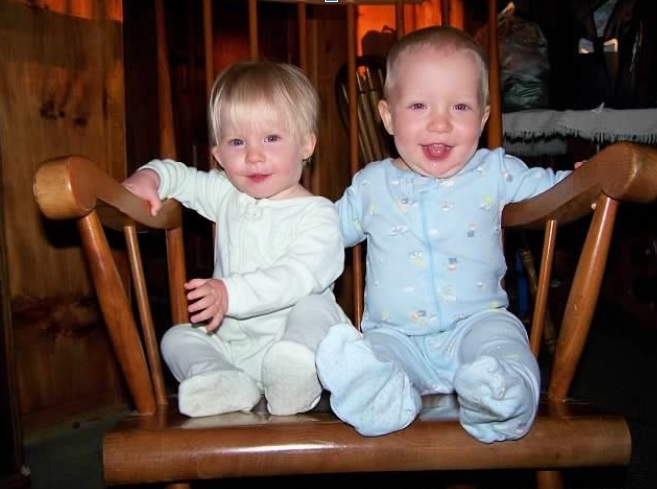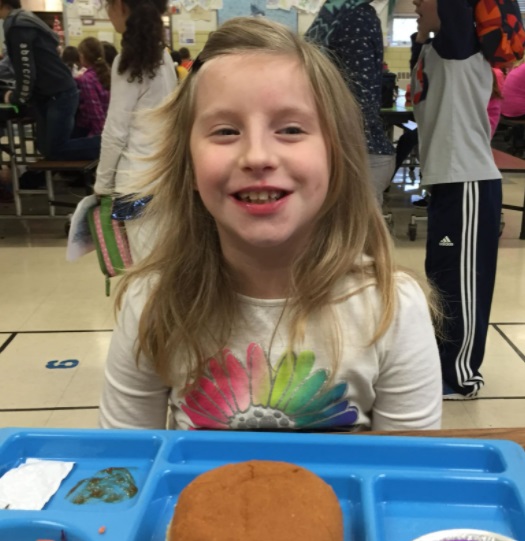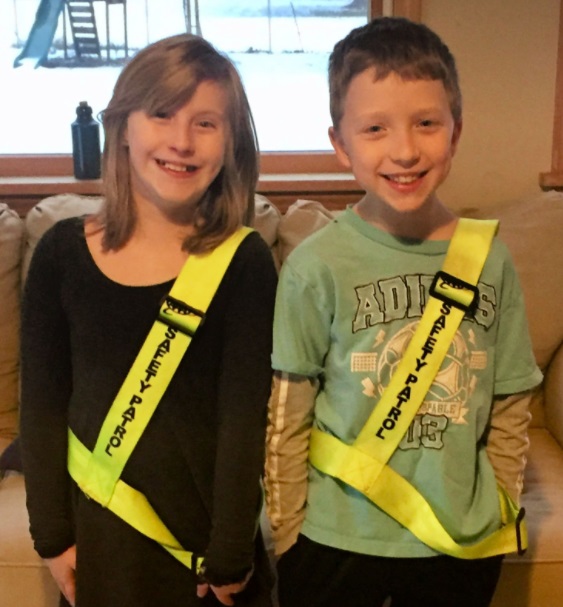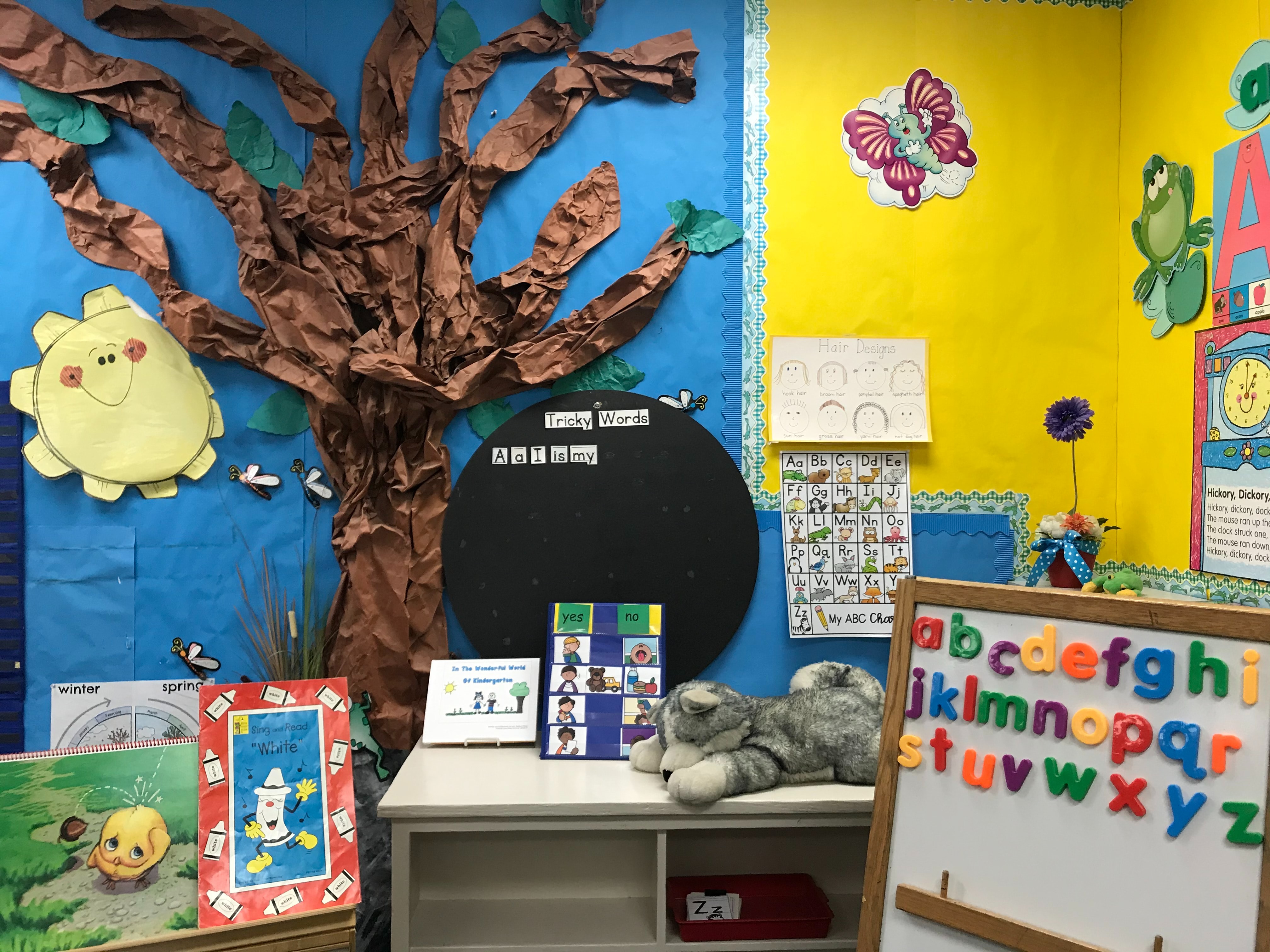MY DAUGHTER ELLA
The kindergarten teacher didn’t know what to do with my five-year-old daughter.
Ella kicked off her sneakers each time she walked into her classroom, colored on the table, spoke mainly in gibberish, broke out her best dance moves during computer time, and refused to flush the toilet. On a daily basis, I received terse emails that detailed Ella’s misdemeanors. Other staff, including the school counselor and the principal, came into the classroom to observe and lend a hand. The staff members didn’t tell me about this until curriculum night when the counselor pulled me aside in the hall to tell me what a hard time everyone was having with my daughter. Stunned, I listened while tears unavoidably streamed down my face. I knew my daughter was different. I hadn’t realized people would see her “different” as disruptive or as unwanted.
A DIAGNOSIS
The hallway confrontation with the school counselor lit a fire under my feet. I called my pediatrician, who referred me to a behavioral specialist. The specialist took one look at my little girl and sent her in for genetic testing. A couple of weeks later, we received a diagnosis: Ella had a rare genetic disorder, which explained her speech delay, her diminutive size, her heart and kidney defects, and her sensory issues.

Ella, born with a rare genetic disorder, weighed half as much as her twin brother at birth.
SPECIAL EDUCATION SUPPORT
With a proper diagnosis in hand, the special education team at her school developed a new, more comprehensive individualized education program (IEP) for Ella. They moved her to an inclusive classroom, where two teachers (one certified in special education) and an aide oversaw a classroom full of diverse learners. Ella received speech and occupational therapy services weekly. Things got better.
LOOKING BACK
Years later, I’m still unhappy about how the powers-that-be handled my daughter during those first weeks of her elementary-school career. However, I admit I am okay with how she was treated afterward. Ella learned in the same building along with her peers in inclusive classrooms for the remainder of her elementary-school career.
Inclusive education goes beyond mainstreaming. Inclusive classrooms make sure lessons are accessible to all students, regardless of background, learning style, or disability. For Ella, it became a safe space for her to learn.
Three Things Ella’s Class Did Differently
Here are three ways that an inclusive classroom setting made a massive difference in Ella’s life:
MY DAUGHTER ELLA
The kindergarten teacher didn’t know what to do with my five-year-old daughter.
Ella kicked off her sneakers each time she walked into her classroom, colored on the table, spoke mainly in gibberish, broke out her best dance moves during computer time, and refused to flush the toilet. On a daily basis, I received terse emails that detailed Ella’s misdemeanors. Other staff, including the school counselor and the principal, came into the classroom to observe and lend a hand. The staff members didn’t tell me about this until curriculum night when the counselor pulled me aside in the hall to tell me what a hard time everyone was having with my daughter. Stunned, I listened while tears unavoidably streamed down my face. I knew my daughter was different. I hadn’t realized people would see her “different” as disruptive or as unwanted.
A DIAGNOSIS
The hallway confrontation with the school counselor lit a fire under my feet. I called my pediatrician, who referred me to a behavioral specialist. The specialist took one look at my little girl and sent her in for genetic testing. A couple of weeks later, we received a diagnosis: Ella had a rare genetic disorder, which explained her speech delay, her diminutive size, her heart and kidney defects, and her sensory issues.

Ella, born with a rare genetic disorder, weighed half as much as her twin brother at birth.
SPECIAL EDUCATION SUPPORT
With a proper diagnosis in hand, the special education team at her school developed a new, more comprehensive individualized education program (IEP) for Ella. They moved her to an inclusive classroom, where two teachers (one certified in special education) and an aide oversaw a classroom full of diverse learners. Ella received speech and occupational therapy services weekly. Things got better.
LOOKING BACK
Years later, I’m still unhappy about how the powers-that-be handled my daughter during those first weeks of her elementary-school career. However, I admit I am okay with how she was treated afterward. Ella learned in the same building along with her peers in inclusive classrooms for the remainder of her elementary-school career.
Inclusive education goes beyond mainstreaming. Inclusive classrooms make sure lessons are accessible to all students, regardless of background, learning style, or disability. For Ella, it became a safe space for her to learn.
Three Things Ella’s Class Did Differently
Here are three ways that an inclusive classroom setting made a massive difference in Ella’s life:
1. An inclusive classroom is a place where differences are normalized. Students follow their teacher’s example. When a teacher sets a child apart, that child is made susceptible to teasing and bullying. When the teacher models inclusiveness, students will follow her lead. If Ella needed to take off her shoes because they felt restrictive, her teacher not only allowed it but did not refer to it (so long as Ella put the shoes in a safe spot where no one would trip over them). Not wearing shoes while she sat at her desk was Ella’s “normal,” and it became normal to her peers.

Ella enjoying lunch with her peers
2. The inclusive classroom provides differentiated instruction. Ella is a fast reader, an incredible speller, and has impeccable handwriting. But ask her to summarize what she’s just read and she struggles. Ella has a pronounced expressive language disorder; in other words, the information goes in but stubbornly refuses to come back out again.
Therefore, how do her teachers test for understanding? In an inclusive classroom, Ella participates in lessons and learns with her peers. However, the teachers use differentiated instruction, a teaching process that meets the needs of differently-abled children within the same classroom. Ella’s teacher may modify the presentation of the curriculum and subsequent testing to accommodate her learning needs.
While some students have no problem detailing what they’ve read “in their own words,” others are given opportunities to demonstrate understanding in different ways. Ella’s teachers might give her multiple-choice questions to answer or ask her to draw a scene from a book she read. They hold her to the same standards as her peers while giving her equal opportunity for success through differentiated instruction.
3. In an inclusive classroom, social skills improve. Within an inclusive classroom, students with disabilities have a chance to expand their social networks while they practice appropriate behavioral and social skills with their peers.

Inclusion gave Ella a chance to be a school safety!
The impossible became possible simply because she was included.
MindWorks Collaborative would love to invite you to learn more about classroom inclusivity. Join future conversations on this topic by signing up for our community of justice-driven special educators here and sign up to get alerts for our next roundtable.



Recent Comments